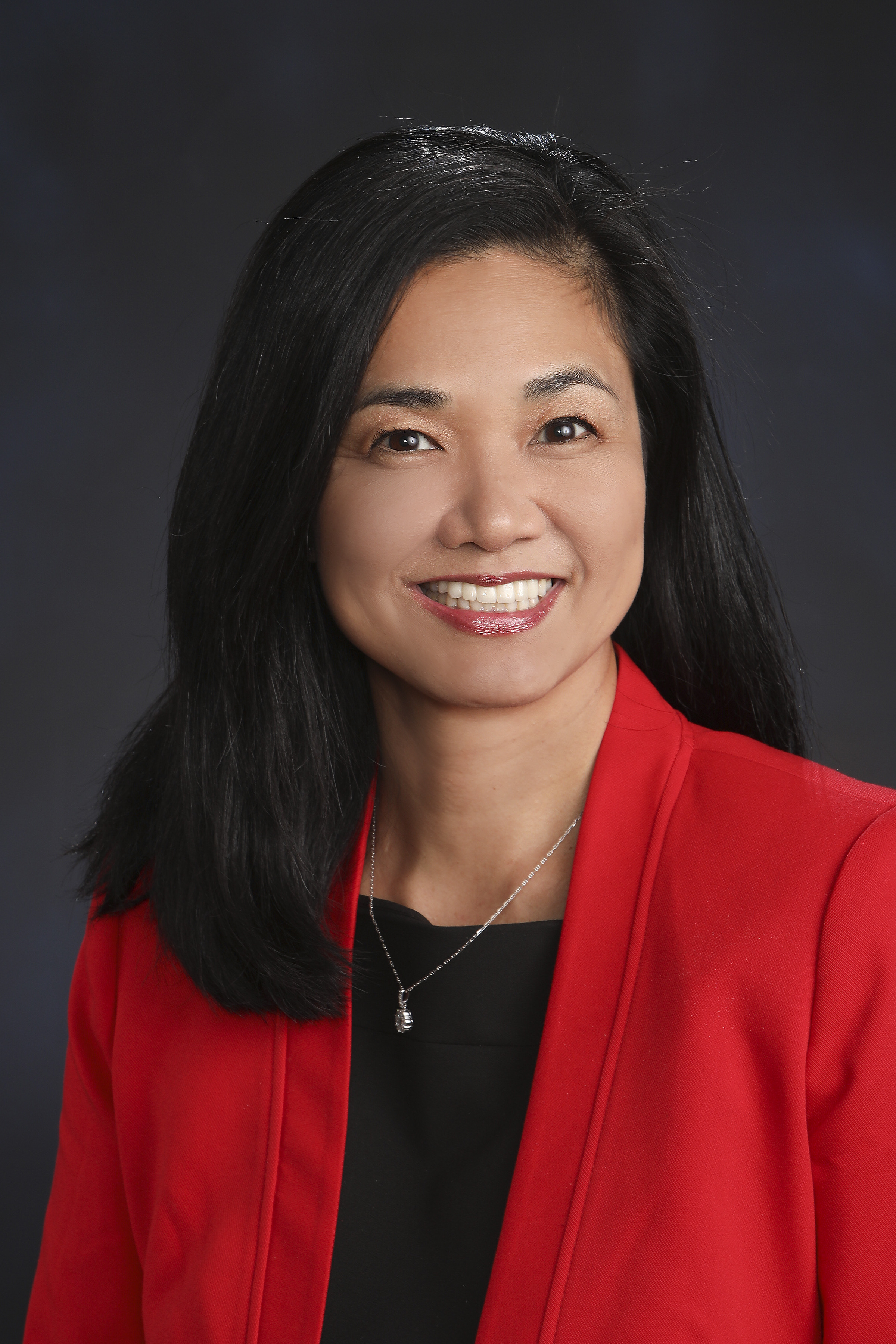Using Tech & Data to Empower Teachers
INNOVATIVE LEADER AWARD WINNER - After starting out in business, Tech & Learning Innovative Leader Award winner Mary Jane Warden fell in love with teaching and the potential to facilitate learning with technology

Mary Jane Warden majored in business in college but made an early career change to education after volunteering as a tutor in Chicago and meeting a student named Ramon.
“Ramon was a first grader and I was really sparked by the challenge of helping Ramon learn how to read,” she says. “That just opened my eyes into the things that I wanted to spend my time doing.”
Today she is the Chief Technology Officer for the Community Consolidated School District 15 in Illinois and recently won the Innovative CTO award, one of Tech & Learning's Innovative Leader Awards, at the recent Midwest Regional Live Summit. She speaks with us about her evolution as a technology-focused educator, woman in edtech, and the potential of data to transform education.
Technology Sparking Creativity

After being inspired by meeting and tutoring Ramon, Warden obtained her master's in teaching and started teaching in Chicago Public Schools as a seventh- and eighth-grade social studies teacher. This was in the early days of classroom internet and Warden became fascinated with the potential of technology. She applied for a grant to bring internet to the school she taught at and used the new technology to foster student creativity.
“I had my students build websites around mythology and connected science to that,” she says. “It was a really fun project and that set me into a whole path of supporting schools getting online, and helping teachers to see how to integrate technology into what they were doing. And then as technology continued to evolve, so did I as an educator and technology manager.”
A Space for Women in Edtech
While Warden encountered discrimination and sexism during her career as a woman in edtech, she also encountered supportive mentors and opportunities. “Education is a unique space for women to enter into the tech field,” she says.
In the past, young women have been taught that girls are bad at science and math, and while that perception is changing overall, Warden believes the change is happening more rapidly in edtech. “In education, I've seen women being able to have entry points,” she says. “I'm finding that in education, those kinds of opportunities, and intersections happen more often than not.”
Tools and ideas to transform education. Sign up below.
However, that doesn't mean there are no barriers or obstacles for women in edtech to overcome. Warden says one of the highlights of her career has been modeling female success in tech, all while not “shying away from the boys’ clubs.”
The Potential for Data Use
Warden is excited about the future of technology to help students in many areas including the potential of data to better inform teacher and district leader decisions. But she acknowledges it’s easy to get lost in mountains of data. “Many teachers are not spreadsheet users,” she says. So district leaders should provide data in an easily accessible format and encourage teachers to use data in small ways that can have a significant impact.
For example, In her previous district, she had teachers compare their MAP scores to local assessment benchmarks and drill down into areas in which their students were struggling. She says it was an easy way to help teachers use data to figure out what they would teach next and why certain students were not performing. Teachers can then expand their use of data as time goes on.
“I think small steps are always good steps,” she says.
Erik Ofgang is a Tech & Learning contributor. A journalist, author and educator, his work has appeared in The New York Times, the Washington Post, the Smithsonian, The Atlantic, and Associated Press. He currently teaches at Western Connecticut State University’s MFA program. While a staff writer at Connecticut Magazine he won a Society of Professional Journalism Award for his education reporting. He is interested in how humans learn and how technology can make that more effective.

